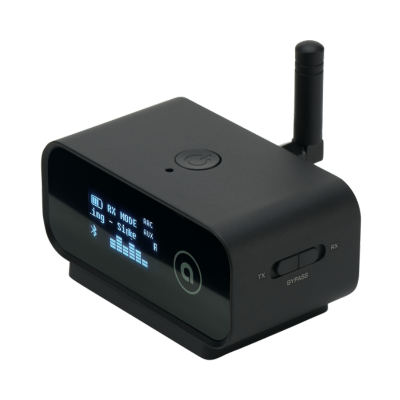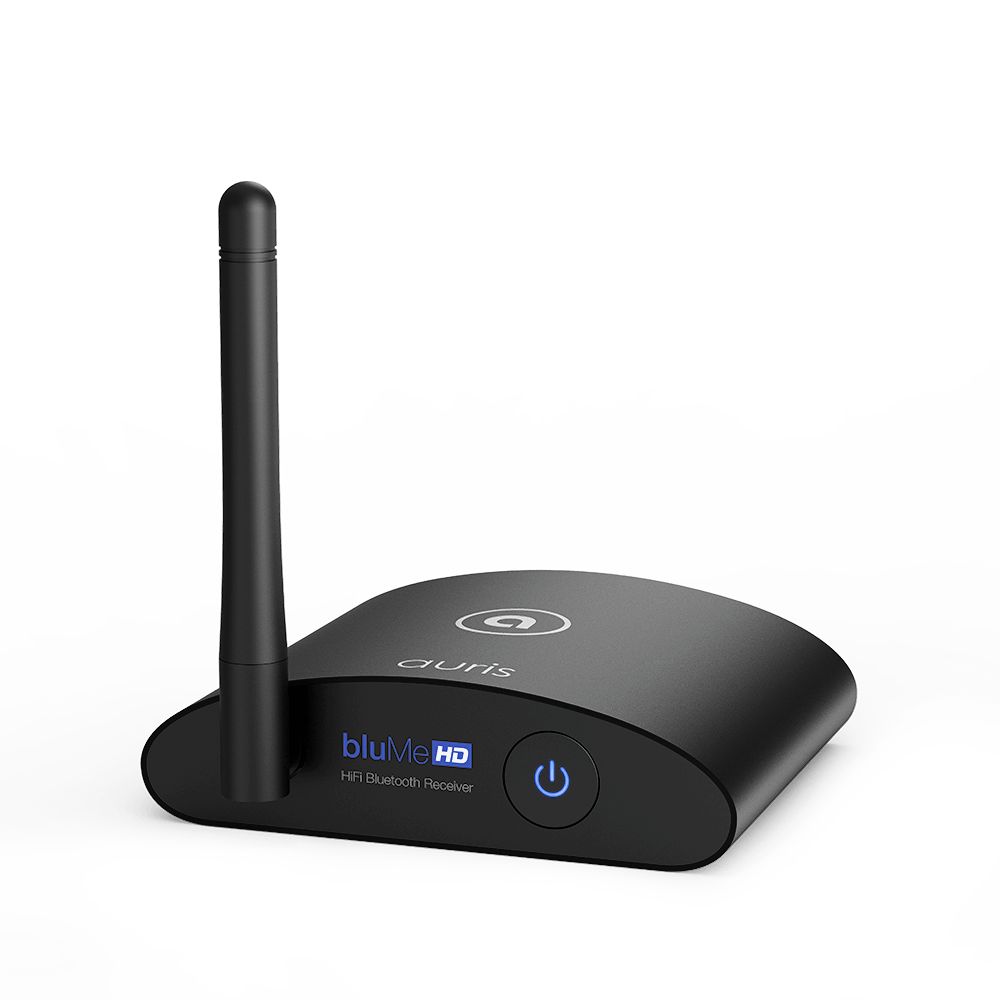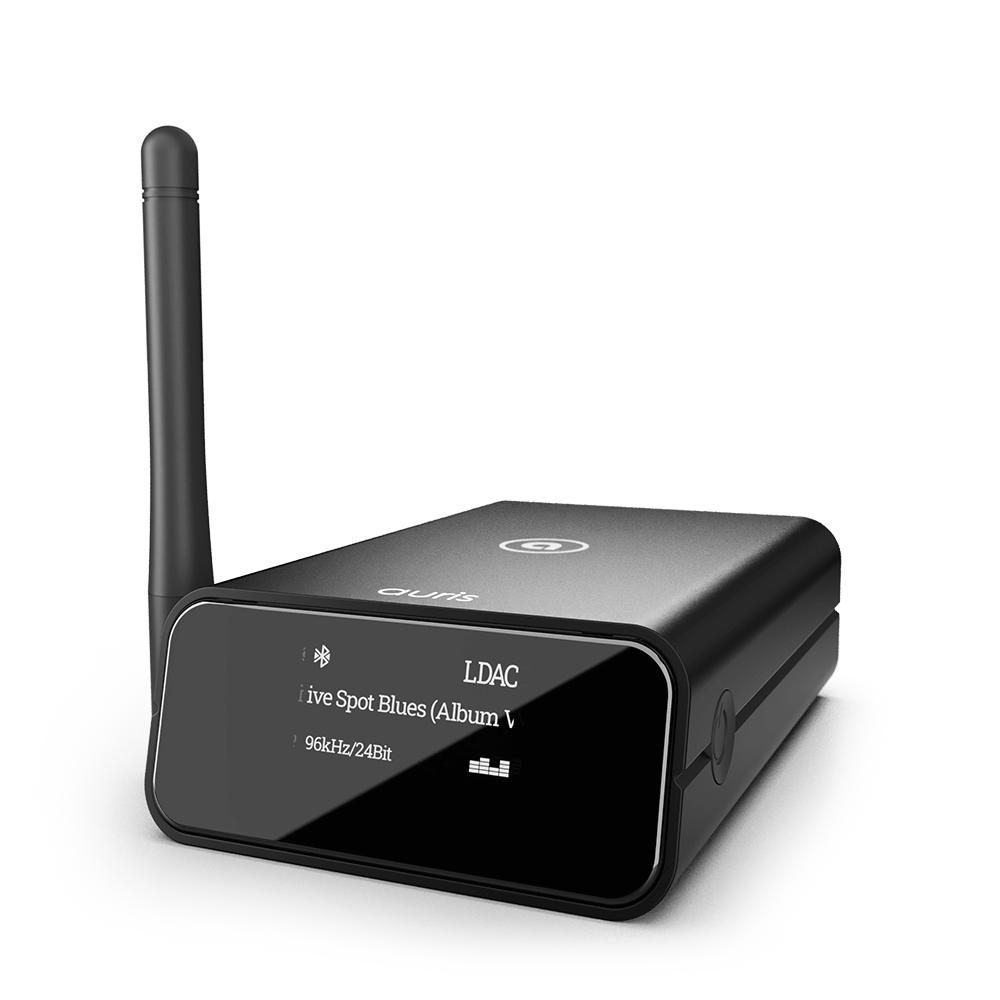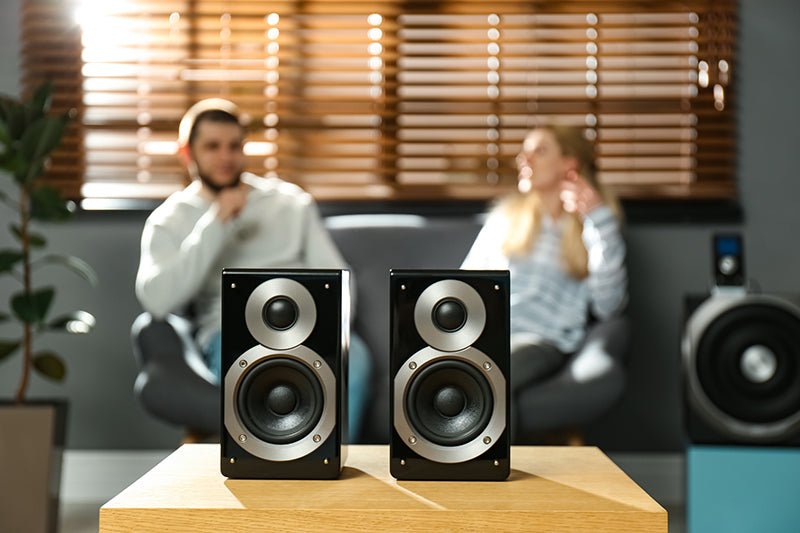
We listen to audio recordings everywhere we go. Music in our earbuds, dialogue in a movie, or footsteps in a video game is all different types of noises that we’re used to hearing wherever we go.
However, these sounds are all recordings taken at a different moment in time. The only way that we can still hear this audio data is through something called an audio codec, which stores the sound information for future playback.
But what exactly is an audio codec? And if you’re recording or playing back sound, how do you decide which type of format will work best?
What Is an Audio Codec?
A codec is a device or program that compresses data for transmission and decompresses the received data. They are the backbone of streaming wireless media. In addition to audio codecs, there are still image codecs (JPEG, GIF), video codecs (MPEG, H.264), and data (ZIP).
Specifically for audio, codecs influence the way that you will hear sounds, music, and recordings. They differ depending on the type of device you’re using for playbacks, such as wired headphones, stereo systems, or Bluetooth headphones.
When a piece of audio is recorded, that file becomes compressed into a series of numbers or a code, that can then be transferred to a computer or sent to another device. Upon playback, this code is decompressed into an audio wavelength that can then be heard with the ears.
When it comes to audio recording, it’s important to understand a few key terms that help dictate the specific codec’s quality.
-
Lossless audiocan reproduce the same file as the original upon decompression. This means that the sound upon playback is precisely the same as the sound during recording. Audiophiles would call this high-fidelity sound, as the audio is exceptionally crisp and organic compared to other compression techniques.
-
Lossy audio,on the other hand, doesnotdecompress audio files back to their original data amount. Lossy methods undergo high levels of digital compression, resulting in much smaller file sizes. When these files are decompressed for listening, there is a decrease in the originally recorded quality.
This change is probably unnoticeable to most people, but audiophiles with a trained ear can tell the difference. The main reason for lossy audio is to allow for quick and easy streaming of an audio file.
- Uncompressed audiois an audio file that has never been compressed. The sound remains the same. While the quality is great, these huge files are extremely difficult to transfer between computers. They’re usually only used during the editing phase.
Popular Types of Audio Codecs
There are more audio codecs than you can really count, and each might have a specific benefit for your taste and preference. However, here is a look at some of the most prominent audio codecs used.
FLAC
Free Lossless Audio Codec (FLAC) can convey CD-quality sound in a fairly small file size. Although it’s six times larger than MP3, it is a great choice for computer programmers who need to utilize lossless audio. The best part is that this is an open-source, non-proprietary codec that anyone can use.
MP3
Perhaps the most well-known audio codec is MP3. While it uses lossy compression and compacts audio drastically, it is a highly versatile playback method that works on nearly all devices. This means that you can send an MP3 file to computers, tablets, phones, and more, and you’ll likely still be able to hear the recorded sound.
They are major space savers, so these are good options if you’re trying to download a large number of files. This is why most audio files on iTunes and other music software use this format. Keep in mind that the quality is subpar compared to other codecs, so it is not ideal for a professional setting.
AAC
AAC, or Advanced Audio Codec, is a lossy codec that provides small audio files and is great for online or wireless streaming. Since bits are discarded during compression, it isn’t ideal for replicating an exact sound. However, the compressed file size makes it ideal for mobile devices.
WAV
Waveform Audio Format, or WAV, is an uncompressed format that’s great for getting original recorded material without losing sound quality. Since they’re uncompressed files, these are perfect for small sound bytes. Otherwise, these will be nearly impossible to stream.
In cases with limited bandwidth, WAV files must be transferred via small bytes. With that said, this is another great codec for streaming over Bluetooth.
Popular Types of Bluetooth Audio Codecs
aptX
The aptX codec is a popular one for use in Bluetooth devices. It was introduced as an alternative to SBC, which is the standard codec for all Bluetooth products. AptX is meant to address complaints about SBC’s implementation and sound quality.
Further improvements have been made to aptX, such asaptX HD. This is an enhanced audio codec that allows users to receive 48KHz/24-bit audio via Bluetooth. It’s been engineered to improve the signal-to-noise ratio, preserving sound data through audio transmission. The end result is a ‘better-than-CD’ listening experience.
There is also aptX Low Latency which was engineered to reduce audio latency during streaming. Compared to SBC, aptX LL reduces the latency by over 140 ms, eliminating lip-sync issues to give users the smoothest audio/ visual experience available.
Which Codecs are Best?
There is no right or wrong codec, as specific situations might require you to use one over another. Two factors to keep in mind are the quality of the sound and the sound’s file sizes once they are decompressed.
In a professional landscape, you’ll want to use uncompressed files so that you can have complete control over the quality of the sound. Sound engineers, film editors, and photographers will use uncompressed formats such as PCM, WAV, or AIFF during this process, as no bits will have been lost during the transfer.
However, once the work is complete, these files can be compressed into a smaller format for playback and transfer between devices.
If you’re anaudiophileand want to make sure that you are listening to the most high-fidelity sound possible, you’ll want a format that utilizes lossless compression. This will use less capacity than an uncompressed format, but will still maintain the complete quality of the original recording.
High fidelity formats include FLAC and WMA. Record players and other analog stereo systems will give you a lossless sound that perfectly mimics the music as it was originally recorded.
If you’re just using an audio filerecreationally then you should go for a lossy audio codec. This will free up more storage space to allow for more files to be saved on your computer, as well as easy streaming through the internet or Bluetooth.
The great thing is that with codecs like aptX and AAC, lossy audio codecs have improved dramatically in recent years. While wireless audio will probably never sound just as great as lossy audio recordings, they can get really close.
In Summary
A codec is used for compressing and decompressing files for data transfer. Codecs are used in video, photo, data, and audio formatting.
When deciding the right codec, it is important to know the difference between lossy, lossless, and uncompressed audio. If you want a high fidelity sound that doesn’t lose quality compared to its original recording, you’ll want lossless or uncompressed audio. However, if you need to be able to stream a file or save a large amount of files to a given computer, lossy audio might be the way to go.
There are so many different kinds of audio codecs, including MP3 and WAV. But as Bluetooth and wireless technology continue to gain a foothold, codecs like aptX and AAC are becoming much more accessible.
In a professional landscape, editing with lossless audio codecs is imperative. But for just recreational sharing or streaming of music, there is nothing wrong with lossy audio.
Sources:
https://developer.mozilla.org/en-US/docs/Web/Media/Formats/Audio_codecs
https://smallbusiness.chron.com/file-compression-decompression-930.html





